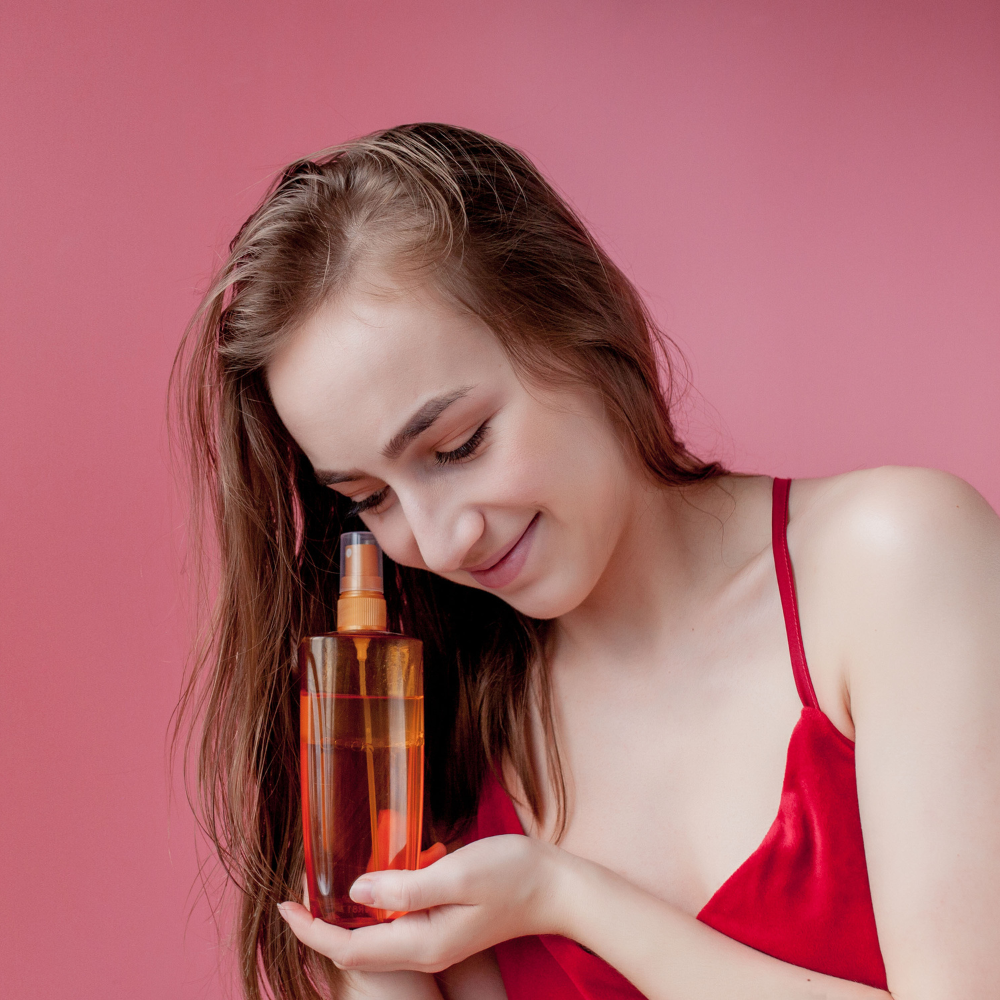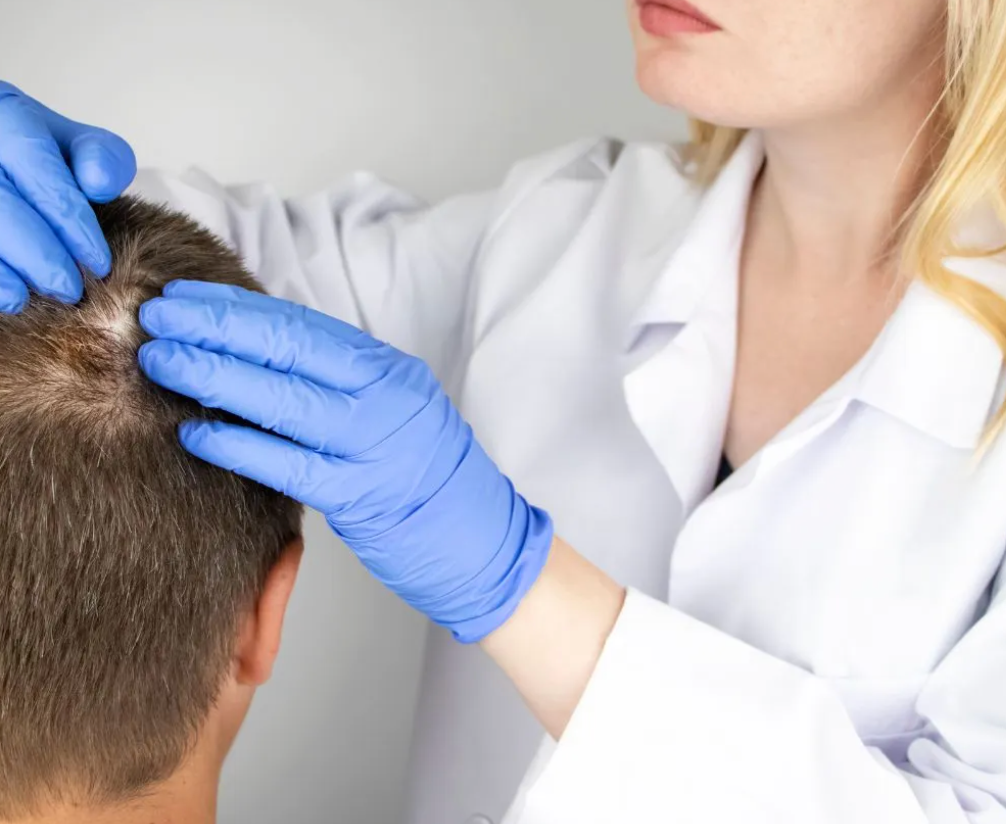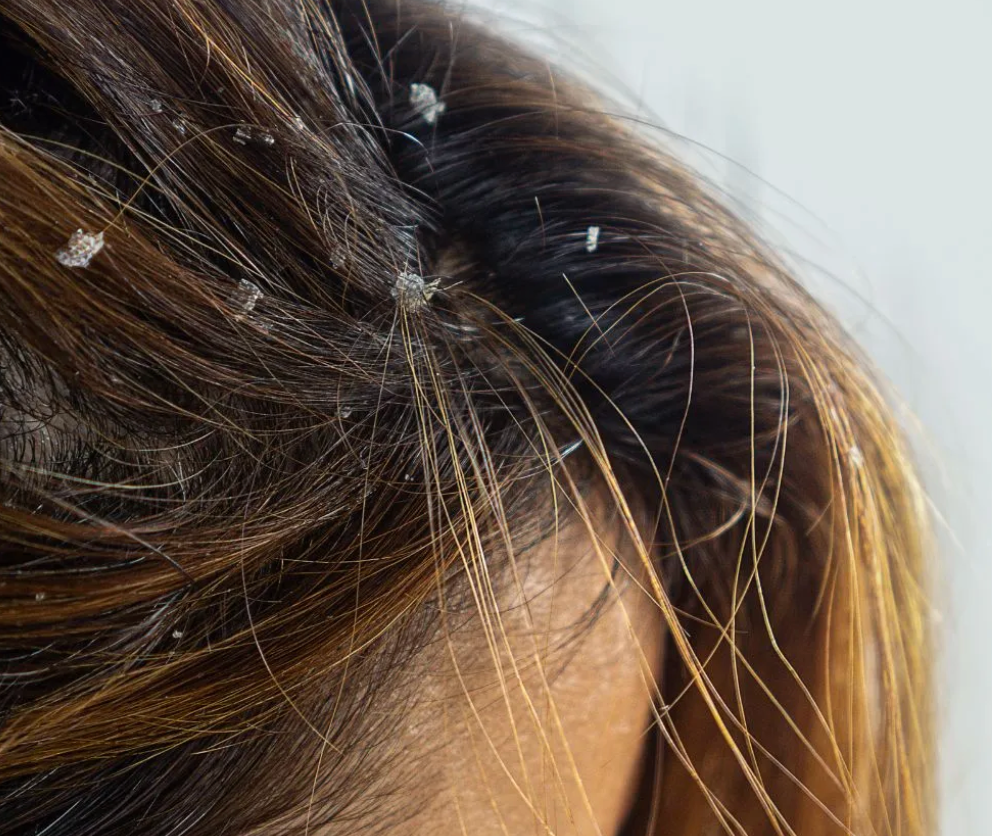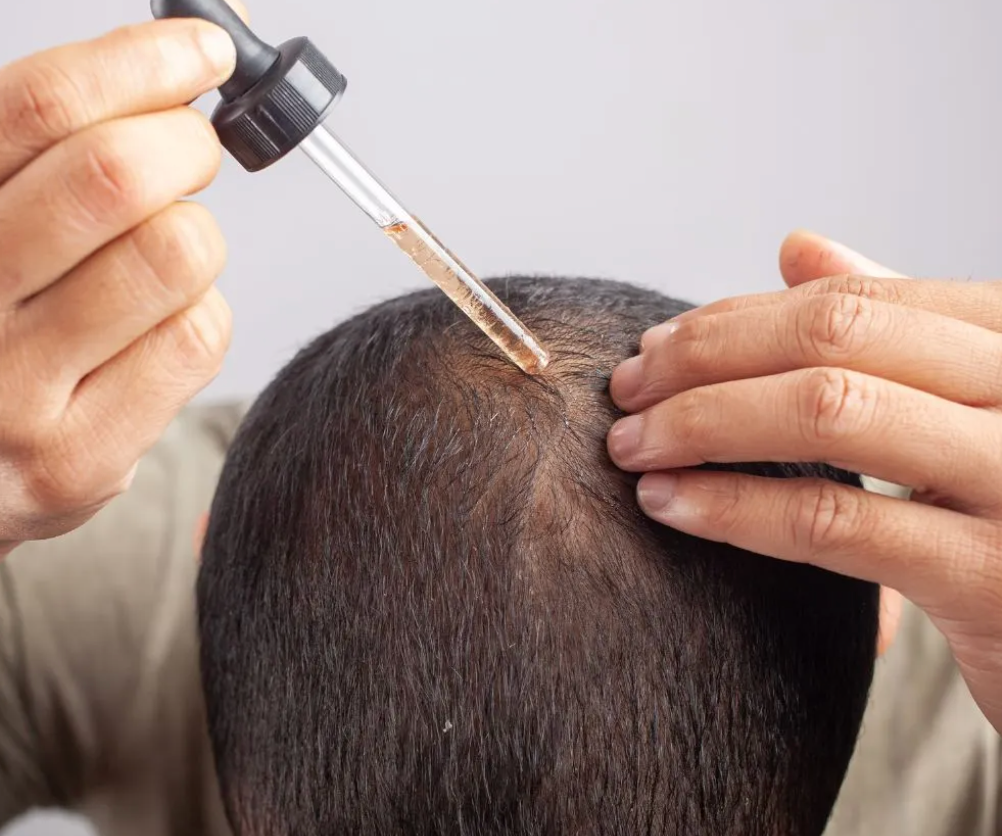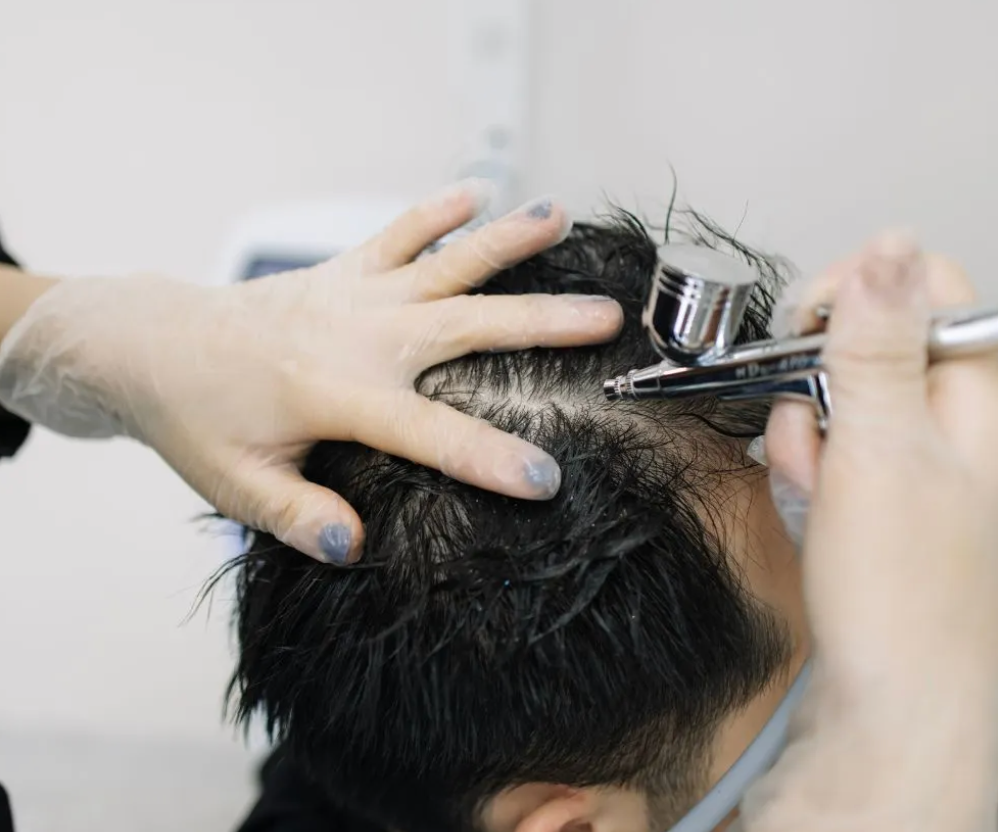How to Choose a Hair Supplement
Choosing the Right Hair Supplement
Hair Supplementation
With 40% of U.S. men by age 35 and 1 in every 4 U.S. women experiencing hair loss, it’s no surprise many are seeking supplements claiming to prevent hair loss and promote growth! There are many supplements on the market, but what really works? What should you look for?
You may be familiar with the reputations of biotin, zinc, and collagen supplementation to promote healthy hair, but the equation for hair growth and restoration is more complex involving the right balance of bioavailable vitamins, minerals, nutrients, and extracts from quality sources. Below, we will review the main components of a hair supplement and a few specific types of hair supplements that currently have a buzz for keeping hair strong and healthy.
Components of a Hair Growth Formula
- Biotin is important for metabolizing amino acids, protein, fats, and carbs into usable energy sources to help the hair remain strong.
- Amino acids are the building blocks of protein necessary for hair structure and to help stimulate and produce hair follicles. Proteins help strengthen and protect the hair from breakage.
- Fatty acids are necessary to hydrate and nourish the scalp.
- In addition to biotin, other B vitamins are crucial to metabolize amino acids. B1, B2, B6 and B12 all play a roll in preventing dandruff and hair loss. B5 helps regulate hormone balance and nourish follicle cells to give hair flexibility, strength, and shine and prevent greying.
- Vitamin C is an antioxidant that helps metabolize iron and supports collagen synthesis. It aids in regeneration of Vitamin E to protect against oxidative stress.
- Vitamin E is also an antioxidant protecting the hair against free radicals.
- Minerals like zinc, selenium and copper help with hair thickness to further ensure existing hair stays healthy.
- In addition to the nutrients above, the scalp needs proper circulation. An effective supplement must support an adequate supply of oxygen and blood to the scalp so that necessary nutrients can be delivered to the skin and hair. Topical treatments can help with this too.
- The body’s hormonal levels are another crucial component a good supplement should support and help balance.
- Lastly, the above nutirents must be included in bioavailable form so the body can absorb and optimize the formula effectively.
Buzzing Supplements
Nutrafol –
Nutrafol is a supplement on the market today we see worth review.
This blend is all natural. It does not contain drugs or genetically modified ingredients, and it is certified as GMO-free. Made with vegetable cellulose capsules, Nutrafol does not contain soy, eggs, dairy, gluten, milk, peanuts, shellfish, tree nuts, wheat, yeast, or artificial flavors or colors.
It’s combination of vitamins and minerals together address underlying causes to combat hair loss. Nutrafol targets factors of stress, aging, hormonal imbalances, inflammation, and free radicals that may be to blame for weakened hair follicles to address causes of hair loss, heal the follicle, and balance the scalp’s health for hair growth. This is done through the following:
1. Stabilizing harmful levels of DHT to reduce stress hormones
2. Break down of inflammation and oxidative stress that can inhibit cycling and signaling of hair growth
3. Rejuvenation of dead follicles by increase in circulation promoting healthy hair signaling and allowing follicles to heal.
4. Stimulating the growth cycle to provide the hair with vitamins and other essential components for growth protecting the hair follicle from inflammation, damage, and injury.
5. Healing the follicle first then rebalancing the health of the scalp for healthy hair growth.
Viviscal Professional –
Viviscal Professional is another popular and reputable hair supplement. It is drug free and contains niacin, biotin, iron, zinc, AminoMar Marine Complex (Shark Powder and Mollusk Powder), Horsetail Extract, and Millet Seed Extract (containing nutrients such as silicon and linoleic acid). These last ingredients are unique to the Viviscal Professional formula and have shown some favorable results.
Prenatal Vitamins –
Elevated estrogen levels and hormonal changes during pregnancy are likely responsible for thicker shinier hair and stronger nails though some suspect this credit should be given to prenatal vitamins. Prenatal vitamins are made up of folic acid, calcium, iron, vitamin C, zinc, copper, vitamin B6 and vitamin D with typically more folic acid and iron than a normal multivitamin. Vitamins such as calcium, vitamin D, and omega-3 fatty acids however may be found lesser in a prenatal vitamin than in a multivitamin.
For this reason, prenatal vitamins are intended more for supplementation in a well-rounded diet to further help ensure health and nourishment for the mom and baby. They alone may not be helpful for hair growth. For healthy hair and nails, focus on adequately supplementing B vitamins, biotin, calcium, vitamin D, omega-3 fatty acids, zinc and iron.
Conclusions
Hair supplements and nutritional solutions may not treat hair loss alone, but the right formula and balance of vitamins and minerals can help increase blood flow and the supply of proper nutrients to the scalp to aid the growth cycle and strengthen hair. Your hair and scalp could benefit additionally from regular exercise, management of stress, adequate amounts of sleep, and consistency with a healthy diet of whole foods to provide your body with a wide range of bioavailable vitamins and minerals. Seek advice from a physician or dietician to determine the cause of and best treatment for your hair loss.
